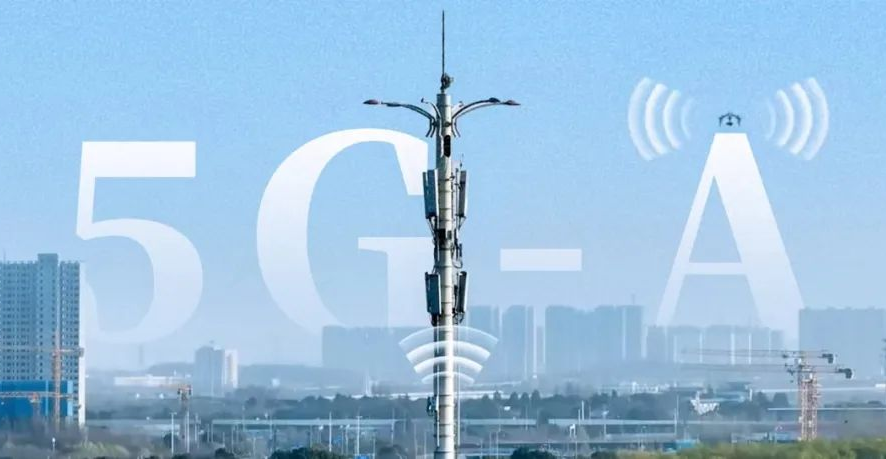China New Growth: Infrastructure Goes Vertical and Digital
A report from Xinhua on Jan. 7th, 2025:

As Chinese startups race to capitalize on the burgeoning low-altitude economy, the swarm of drones they produce are increasingly facing existential questions in the sky: “Who am I? Where do I come from? Where am I going?”
Now, the Chinese government has taken on a new task: developing extensive infrastructure and intelligent networking systems that will unlock the vast economic potential of vertical mobility, with expectations of reaching a scale of 2 trillion yuan (278 billion U.S. dollars) by 2030.
The National Development and Reform Commission, China’s top economic planner, had established a new department for low-altitude economy development by the end of 2024. The department has pledged to advance infrastructure and intelligent networking system building.
Telecom operators in the country, including China Unicom, China Mobile and China Telecom, are rapidly advancing toward 5G-A, an enhanced version of 5G that features improved high-precision sensing capabilities, enabling accurate detection of location and speed within its coverage area.
The 5G-A network surpasses the current 5G network in terms of speed, latency, connection scale, and energy consumption. It can achieve a peak data rate of 10 gigabits per second for downloads and 1 gigabit per second for uploads, millisecond-level latency, and low-cost connectivity for the Internet of Things.
“In the future, the airspace between 120 and 300 meters could see hundreds of millions of aircraft and no existing infrastructure can manage this scale,” Wei Jinwu, a researcher from China Unicom, told China Electronics News.
“To scale the low-altitude economy, constructing a low-altitude intelligent network is essential,” he added.
China has a vast network of about 4.2 million 5G base stations, and over 300 Chinese cities have begun deploying 5G-A, aiming to create the world’s largest low-altitude communication network.
China Mobile plans to achieve 5G-plus-BDS accuracy of 3 to 5 centimeters horizontally and 4 to 8 centimeters vertically in an airspace up to 120 meters in key cities and routes by 2025.
These telecom operators are also set to integrate the country’s existing 5G base stations with its homegrown BeiDou Navigation Satellite System (BDS). These technologies are designed to help the drones navigate the sky and stay in their lanes.












 津公网安备 12019002000128号
津公网安备 12019002000128号

